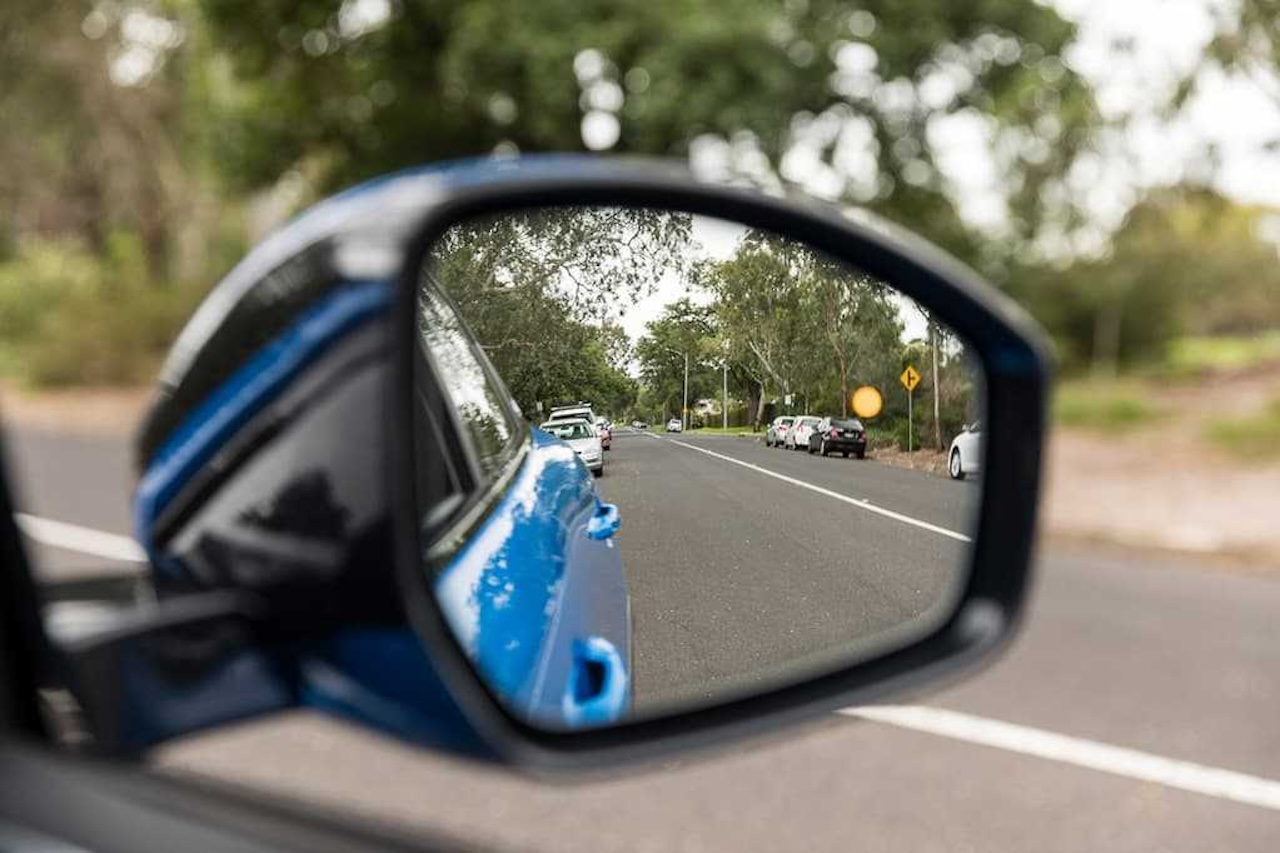

Articles
How To Reverse A Car Using Mirrors
Modified: January 5, 2024
Learn how to reverse a car efficiently by using mirrors. This comprehensive guide provides step-by-step instructions and helpful tips for safe and accurate maneuvering.
(Many of the links in this article redirect to a specific reviewed product. Your purchase of these products through affiliate links helps to generate commission for Storables.com, at no extra cost. Learn more)
Introduction
Driving a car is a skill that requires continuous learning and practice. One crucial aspect of driving is the ability to reverse a car safely using the mirrors. Reverse parking, in particular, can be a daunting task for many new drivers. However, by understanding mirror adjustments, practicing specific techniques, and avoiding common mistakes, anyone can become confident in reverse parking.
In this article, we will discuss how to effectively use your mirrors when reversing a car. We will provide step-by-step instructions, share helpful tips, and highlight common mistakes to avoid. By the end, you will have a solid understanding of how to reverse a car using mirrors and feel more comfortable tackling reverse parking situations.
Before we dive into the specifics, it’s important to understand the importance of mirror adjustments and how they can help eliminate blind spots. Properly adjusted mirrors provide you with a clear view of the surrounding environment, allowing you to make informed decisions while maneuvering your vehicle in reverse.
Now, let’s explore the various mirror adjustment techniques and the steps involved in successfully reversing a car using mirrors.
Key Takeaways:
- Mastering the art of reverse parking involves proper mirror adjustments, shoulder checks, and steady steering. Avoid common mistakes and practice in different scenarios to build confidence and skill.
- Utilize reference points, stay calm, and seek guidance to enhance reverse parking skills. Mirror adjustments, shoulder checks, and continuous practice are key to mastering this valuable driving skill.
Read more: How To Wrap Car Mirrors
Understanding Mirror Adjustments
Before we start reversing a car using mirrors, it’s crucial to understand how to properly adjust them to minimize blind spots. Blind spots are areas around your vehicle that are not visible in your mirrors. Failing to adjust your mirrors correctly can result in limited visibility and potential hazards while reversing or changing lanes.
Here are some key points to keep in mind when adjusting your mirrors:
- Side Mirrors: Position your side mirrors so that they provide a clear view of the lanes beside your vehicle. Angle them outward slightly to reduce blind spots. You should be able to see the side of your car in the inner edge of each mirror.
- Rearview Mirror: Adjust your rearview mirror to provide a clear view of the road behind you. This mirror is essential for detecting vehicles approaching from the rear. Position it in a way that allows you to see the entirety of the rear windshield.
- Blind Spot Mirrors: Consider adding blind spot mirrors, convex mirrors that are affixed to your side mirrors, to further enhance visibility. These mirrors can help eliminate blind spots by providing a wider field of view.
Once you’ve adjusted your mirrors, it’s essential to familiarize yourself with their coverage areas. This will help you better understand how to use them effectively while reversing your car.
Remember, mirror adjustments vary depending on personal preference and comfort. Take your time to experiment with different positions until you find the setup that works best for you and provides maximum visibility.
With a solid understanding of mirror adjustments, you are now ready to prepare your car for reverse parking. In the next section, we will discuss the necessary steps to ensure a smooth and successful reversal using mirrors.
Reverse Car Preparation
Before attempting to reverse your car using mirrors, it’s crucial to ensure that your vehicle is properly prepared. Follow these steps to make sure you are ready for a safe and successful reverse parking maneuver:
- Select a Suitable Parking Spot: Look for a parking space that is wide enough to accommodate your vehicle. Avoid spaces with obstructions or tight corners that may pose difficulties during the reversing process.
- Check for Obstacles: Before initiating the reverse, check for any obstacles behind your vehicle. Look out for pedestrians, bicycles, other vehicles, or any objects that may obstruct your path. It’s essential to have a clear and open space to maneuver.
- Put on the Seat Belt: Ensure that you and your passengers are wearing seat belts. Safety should always be a top priority while driving, regardless of the direction you are moving.
- Adjust Seat and Mirrors: Make sure your seat is adjusted to a comfortable and suitable position that allows you to reach the pedals and have a clear view of the surroundings. Also, double-check that your mirrors are properly adjusted to minimize blind spots.
- Engage the Parking Brake: To prevent your vehicle from rolling, engage the parking brake before starting the reverse maneuver. This will provide added stability and control.
By following these preparation steps, you set yourself up for a smooth and safe reverse parking experience. Now that you’ve prepared your car, it’s time to understand the relationship between the mirrors and blind spots in order to use them effectively during the reversal process.
In the next section, we will delve into the concept of blind spots and how to navigate around them using your mirrors.
Mirrors and Blind Spots
When reversing a car, blind spots can be a major concern. Blind spots are areas around your vehicle that are not visible in your mirrors, making it challenging to detect other vehicles, pedestrians, or obstacles. However, by understanding the relationship between your mirrors and blind spots, you can effectively navigate around them.
The side mirrors play a critical role in reducing blind spots. When properly adjusted, they provide a wider field of view, allowing you to see approaching vehicles from the rear and side. However, it’s important to note that the mirrors cannot completely eliminate blind spots. There will always be areas that are not visible in your mirrors, especially directly behind your vehicle.
To compensate for these blind spots, it’s essential to utilize a technique called shoulder checks. A shoulder check involves briefly turning your head to look over your shoulder to check the blind spot before and during the reversing process. This additional visual check ensures that there are no vehicles or obstacles present in the areas not visible in your mirrors.
By combining the information from your mirrors and shoulder checks, you can significantly reduce blind spots and enhance your overall awareness while reversing a car. Remember, constantly scanning your mirrors and performing shoulder checks is crucial for a safe and successful reverse parking maneuver.
Now that you understand the importance of mirrors and blind spots, let’s dive into the techniques for adjusting your mirrors properly to minimize blind spots.
Mirror Adjustment Techniques
Properly adjusting your mirrors is key to minimizing blind spots and ensuring optimal visibility while reversing a car. Here are some mirror adjustment techniques to help you achieve the best possible view:
- Side Mirrors: Start by adjusting your side mirrors so that you can see the lanes beside your vehicle. Lean your head to the left until it touches the window and adjust the left side mirror so that you can barely see the side of your car. Repeat the process for the right side, leaning your head to the right. This widens your view and reduces blind spots.
- Rearview Mirror: Position your rearview mirror to provide a clear view of the road behind you. Adjust it so that you can see the entire rear windshield without having to move your head too much. Ensure that there is no obstruction, such as headrests or other objects, blocking your view.
- Blind Spot Mirrors: Consider adding blind spot mirrors to your side mirrors to further enhance visibility. These smaller convex mirrors are affixed to the outer edge of your side mirrors and provide an expanded field of view. Adjust them to minimize blind spots and provide a wider perspective of the adjacent lanes.
Remember that mirror adjustments vary from driver to driver, so take the time to experiment and find the setup that works best for you. The goal is to eliminate blind spots as much as possible and have a clear and comprehensive view of the surroundings.
Now that you’ve mastered the mirror adjustment techniques, it’s time to put them into practice by following a step-by-step process for reversing a car using mirrors. In the next section, we will discuss the specific steps involved in successfully reversing a car using mirrors.
When reversing a car using mirrors, adjust them to give you a clear view of the area behind and to the sides of your car. Use them in conjunction with looking over your shoulder to ensure a safe and accurate maneuver.
Read more: How To Clean Car Side Mirrors
Steps to Reverse a Car Using Mirrors
Reversing a car using mirrors requires attention, precision, and the ability to effectively utilize your mirrors. By following these step-by-step instructions, you can confidently reverse your car using mirrors:
- Position your vehicle: Start by positioning your vehicle in line with the parking space you intend to reverse into. Ensure that there is ample space both in front and behind your vehicle to facilitate the maneuver.
- Adjust your mirrors: Double-check that your mirrors are properly adjusted to minimize blind spots. This includes your side mirrors, rearview mirror, and any blind spot mirrors you may have installed.
- Use your side mirrors: Shift your attention primarily to your side mirrors. While keeping a light grip on the steering wheel, tilt your head slightly towards the side mirror that corresponds to the direction you wish to reverse.
- Begin reversing: Slowly begin reversing your car while maintaining continuous visual contact with the side mirror. Pay attention to the position of the curb or parking lines and adjust your steering accordingly.
- Monitor your rearview mirror: Periodically glance at your rearview mirror to gauge your distance from any obstacles behind you. This will provide you with additional information to adjust your steering and reverse smoothly.
- Perform shoulder checks: Regularly perform shoulder checks by briefly turning your head to check the blind spots on both sides of your vehicle. This will help ensure there are no obstructions or approaching vehicles that may be out of your mirror’s field of view.
- Continuously adjust: As you reverse, continue adjusting your steering and monitoring your mirrors to maintain awareness of your surroundings. Use your mirrors and shoulder checks to reposition your car in the desired parking space.
- Complete the maneuver: Once your car is properly aligned within the parking space, come to a complete stop. Engage the parking brake and shift into the park or neutral position as needed.
Remember, practice is key to mastering the art of reversing a car using mirrors. Familiarize yourself with the process and gradually build your confidence. Over time, you will become more skilled at using your mirrors effectively and reverse parking with ease.
In the next section, we will highlight common mistakes to avoid when reversing a car using mirrors.
Common Mistakes to Avoid
While learning to reverse a car using mirrors, it’s important to be aware of common mistakes that can hinder your ability to perform the maneuver effectively. Avoiding these mistakes will help you enhance your reverse parking skills:
- Not adjusting mirrors properly: Failing to adjust your mirrors correctly can result in significant blind spots and limited visibility. Take the time to properly position your mirrors to provide a wide field of view.
- Over-reliance on mirrors: While mirrors are essential for reversing, solely relying on them and neglecting shoulder checks can lead to potential blind spots and an incomplete view of your surroundings. Perform regular shoulder checks to supplement your mirror usage.
- Not scanning the surroundings: It’s easy to become fixated on the mirrors and neglect the overall environment. Continuously scan the area around your vehicle, using your mirrors, rearview mirror, and peripheral vision to spot any potential hazards.
- Improper steering adjustments: Incorrect steering adjustments can cause your vehicle to veer off course. Pay close attention to your surroundings and make gentle, gradual steering adjustments as needed.
- Reversing too quickly: Reversing at high speeds can lead to loss of control and accidents. Take your time and maintain a slow and steady pace to ensure accuracy and safety.
- Ignoring feedback from mirrors: Mirrors provide valuable information about your vehicle’s position and proximity to other objects. Pay attention to the feedback from your mirrors and make adjustments as necessary.
- Not practicing enough: Reversing a car using mirrors is a skill that requires practice to master. Regularly practice in different parking scenarios to build your confidence and improve your reversing abilities.
By being aware of these common mistakes and taking proactive steps to avoid them, you will enhance your proficiency in reversing a car using mirrors.
In the next section, we will provide additional tips to further improve your reverse parking skills.
Additional Tips for Reverse Parking
To further improve your skills in reverse parking, consider implementing the following tips:
- Practice in a controlled environment: Start by practicing in an empty parking lot or an area with minimal traffic. This will allow you to focus solely on mastering the technique without distractions or potential hazards.
- Use reference points: Identify reference points in your surroundings to help gauge your positioning while reversing. These can be landmarks, parking lines, or the curb. By using reference points, you can better align your car within the parking space.
- Take it slow: Rushing the reverse parking process can lead to errors and accidents. Take your time, be patient, and maintain a slow and controlled pace while reversing.
- Practice different parking scenarios: Familiarize yourself with a variety of parking scenarios, including parallel parking and angle parking. Each scenario will require slightly different techniques, and practicing them will enhance your overall reverse parking skills.
- Ask for guidance: If you’re new to reverse parking or want some additional guidance, don’t hesitate to ask an experienced friend or family member to accompany you and provide feedback and tips during practice sessions.
- Stay calm and focused: Nervousness or distractions can negatively impact your ability to reverse park effectively. Stay calm, focused, and concentrate on the task at hand.
- Learn from your mistakes: If you make any mistakes or encounter difficulties while reverse parking, use them as learning opportunities. Analyze what went wrong, make the necessary adjustments, and continue practicing.
Remember, reverse parking using mirrors is a skill that improves with practice and experience. By implementing these additional tips and dedicating time to practice, you will become more proficient and confident in reverse parking.
Now, let’s conclude our discussion on the art of reverse parking using mirrors.
Conclusion
Mastering the art of reverse parking using mirrors is a valuable skill that all drivers should strive to develop. By understanding mirror adjustments, preparing your car properly, and utilizing mirror techniques, you can confidently navigate reverse parking situations.
Throughout this article, we discussed the importance of properly adjusting your mirrors to minimize blind spots and enhance visibility. We also highlighted the steps involved in successfully reversing a car using mirrors, emphasizing the use of side mirrors, rearview mirrors, and shoulder checks.
Additionally, we explored common mistakes to avoid, such as improper mirror adjustments, over-reliance on mirrors, and failing to scan the surroundings. By being aware of these mistakes, you can improve your ability to reverse park safely and effectively.
We also provided additional tips to further enhance your reverse parking skills, such as practicing in a controlled environment, using reference points, and staying calm and focused throughout the process.
Remember, mastering the technique of reverse parking using mirrors requires practice, patience, and continuous learning. The more you practice, the more confident and proficient you will become.
So, the next time you find yourself faced with a reverse parking task, approach it with confidence, utilize your mirrors effectively, and take it one step at a time. With practice and experience, you will be able to reverse park with ease and precision.
Happy reverse parking!
Frequently Asked Questions about How To Reverse A Car Using Mirrors
Was this page helpful?
At Storables.com, we guarantee accurate and reliable information. Our content, validated by Expert Board Contributors, is crafted following stringent Editorial Policies. We're committed to providing you with well-researched, expert-backed insights for all your informational needs.

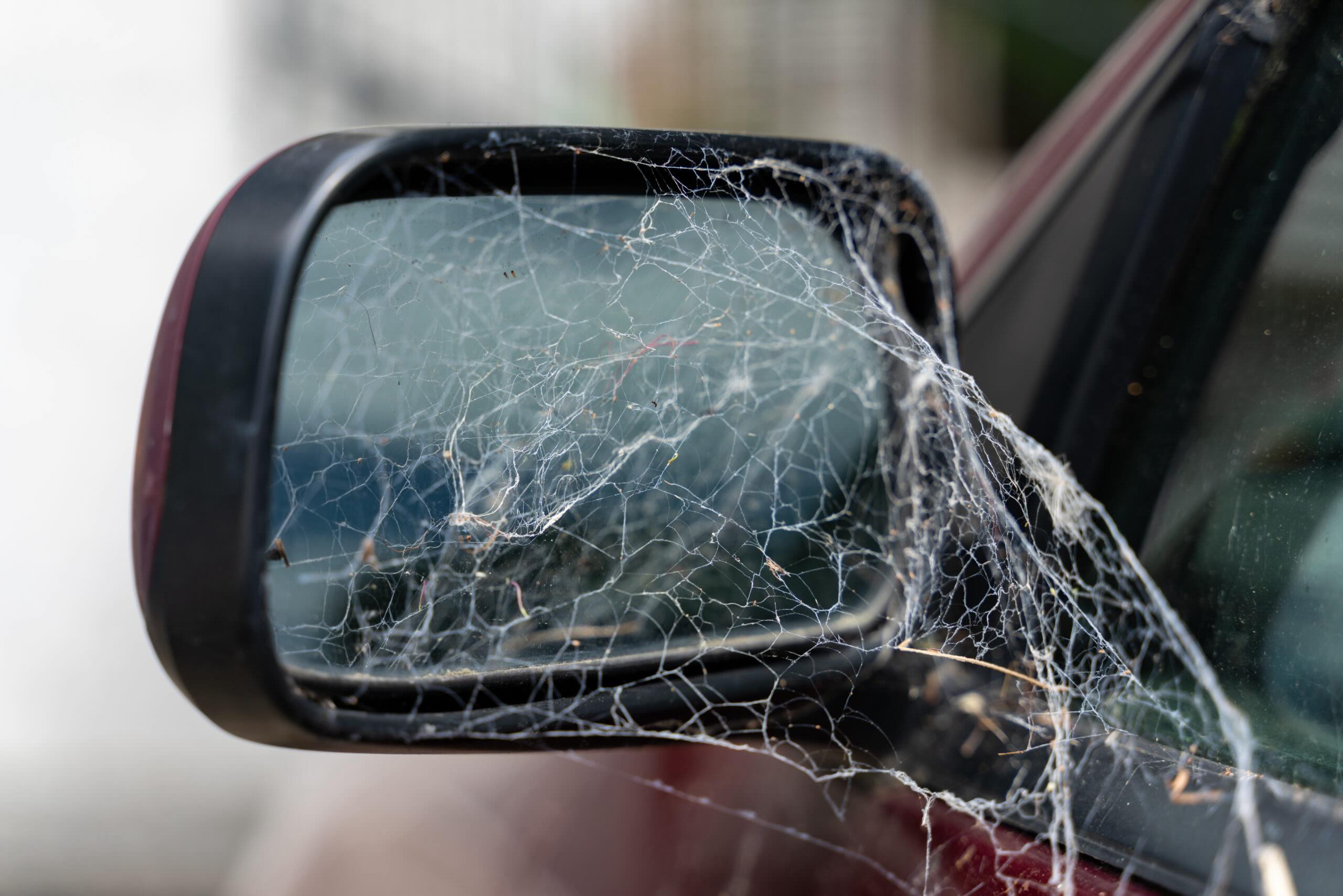
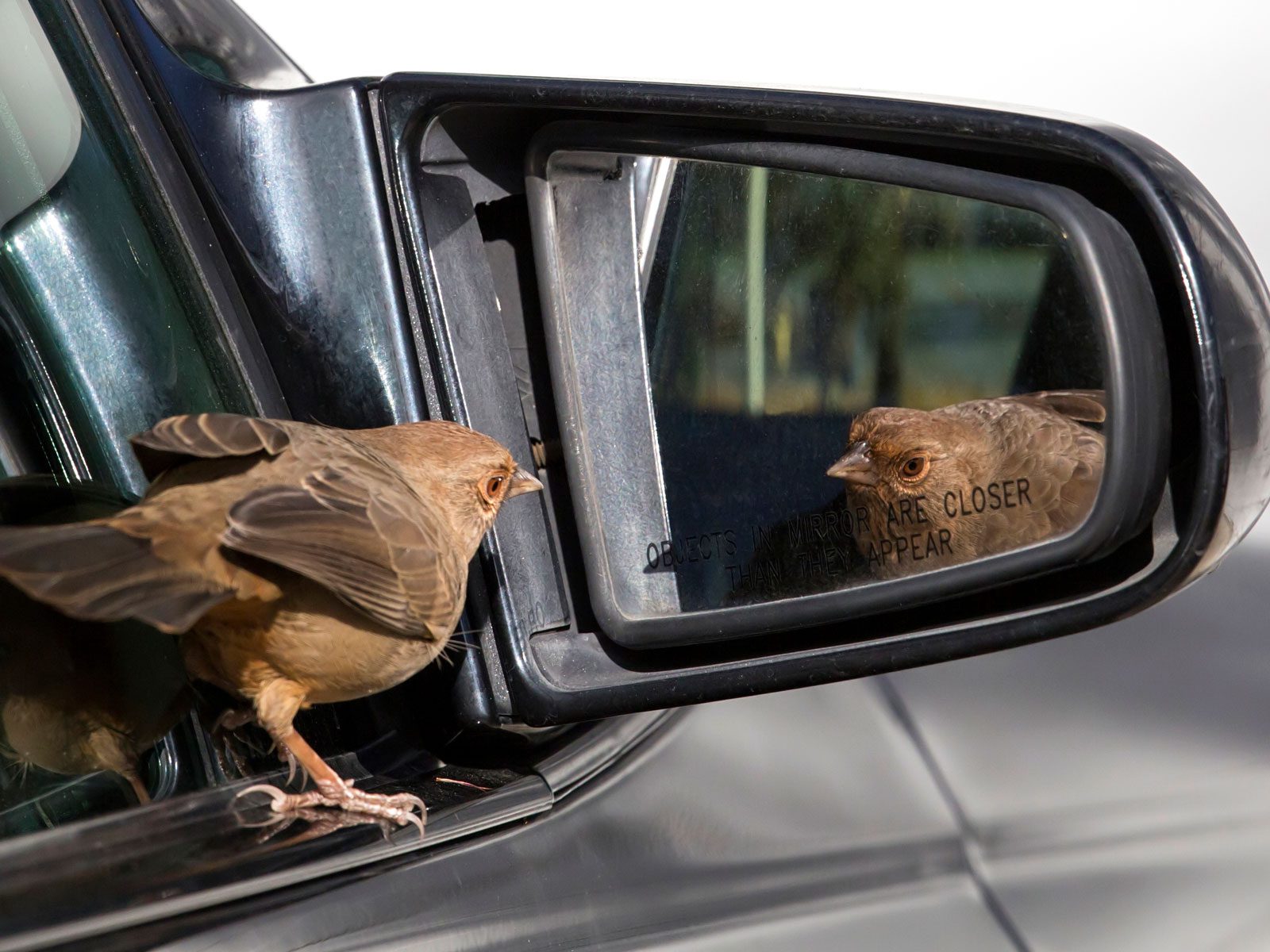
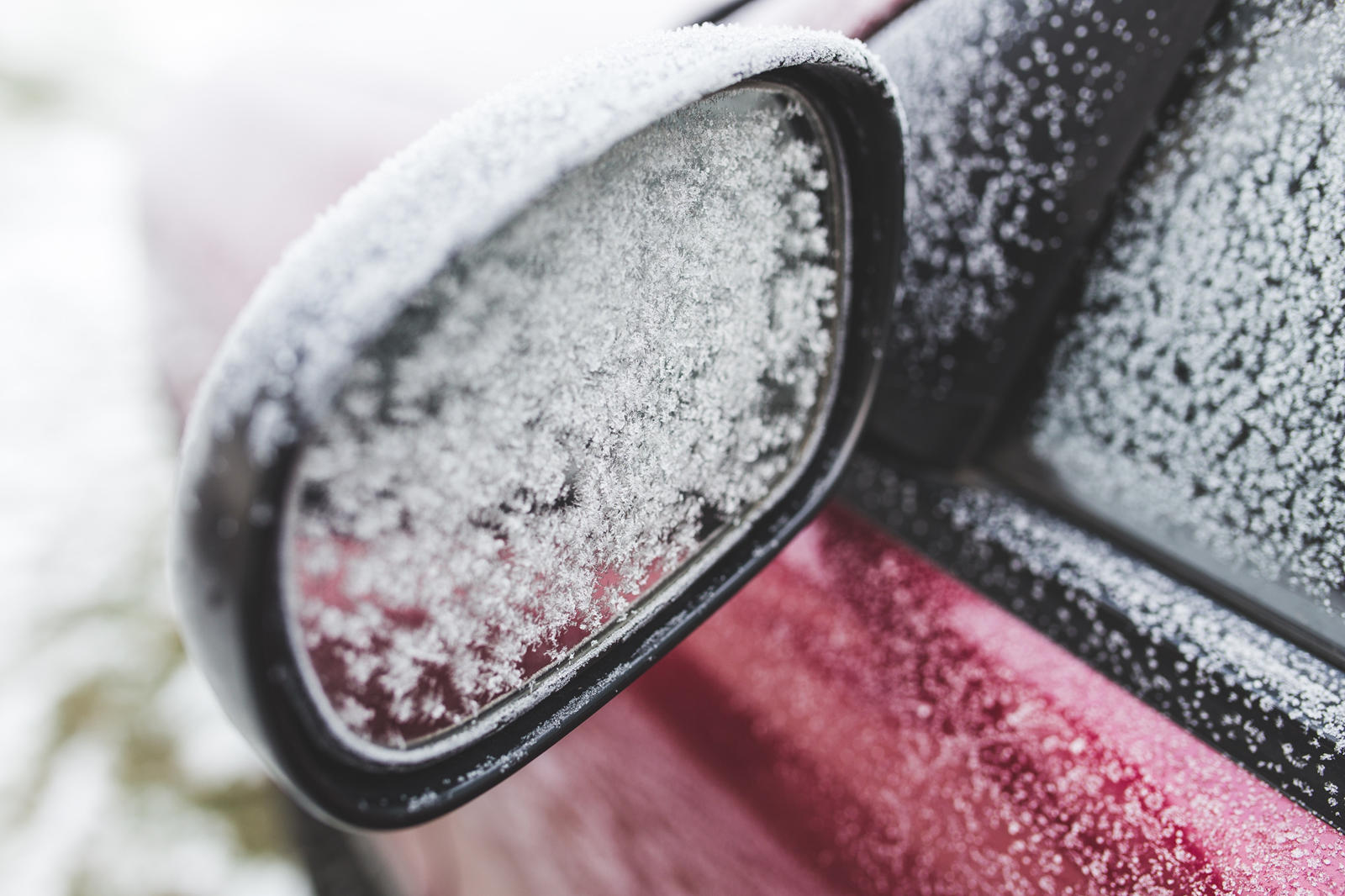

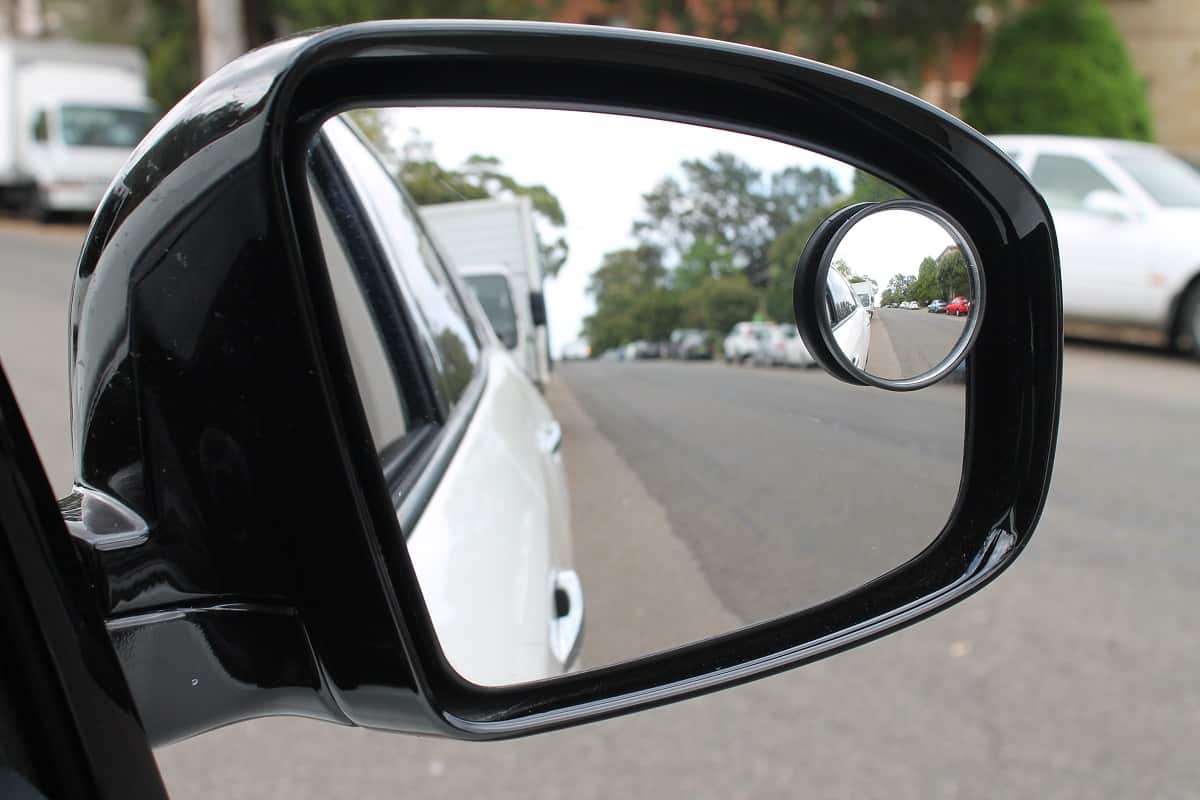
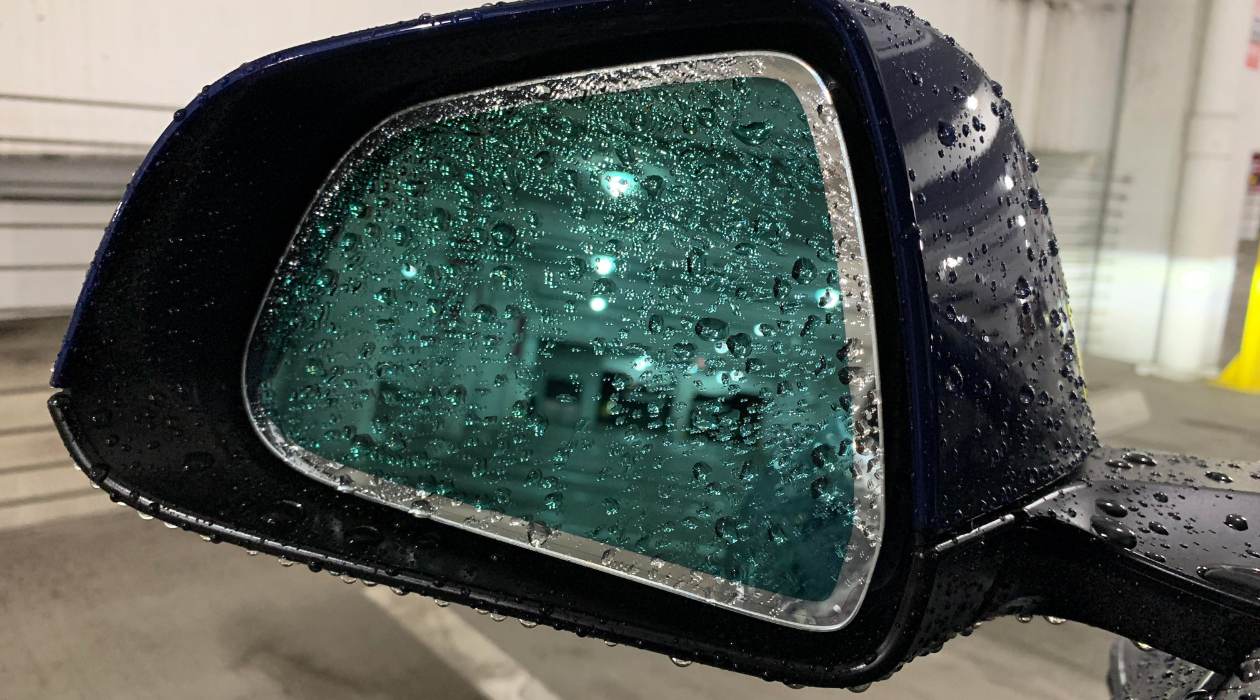
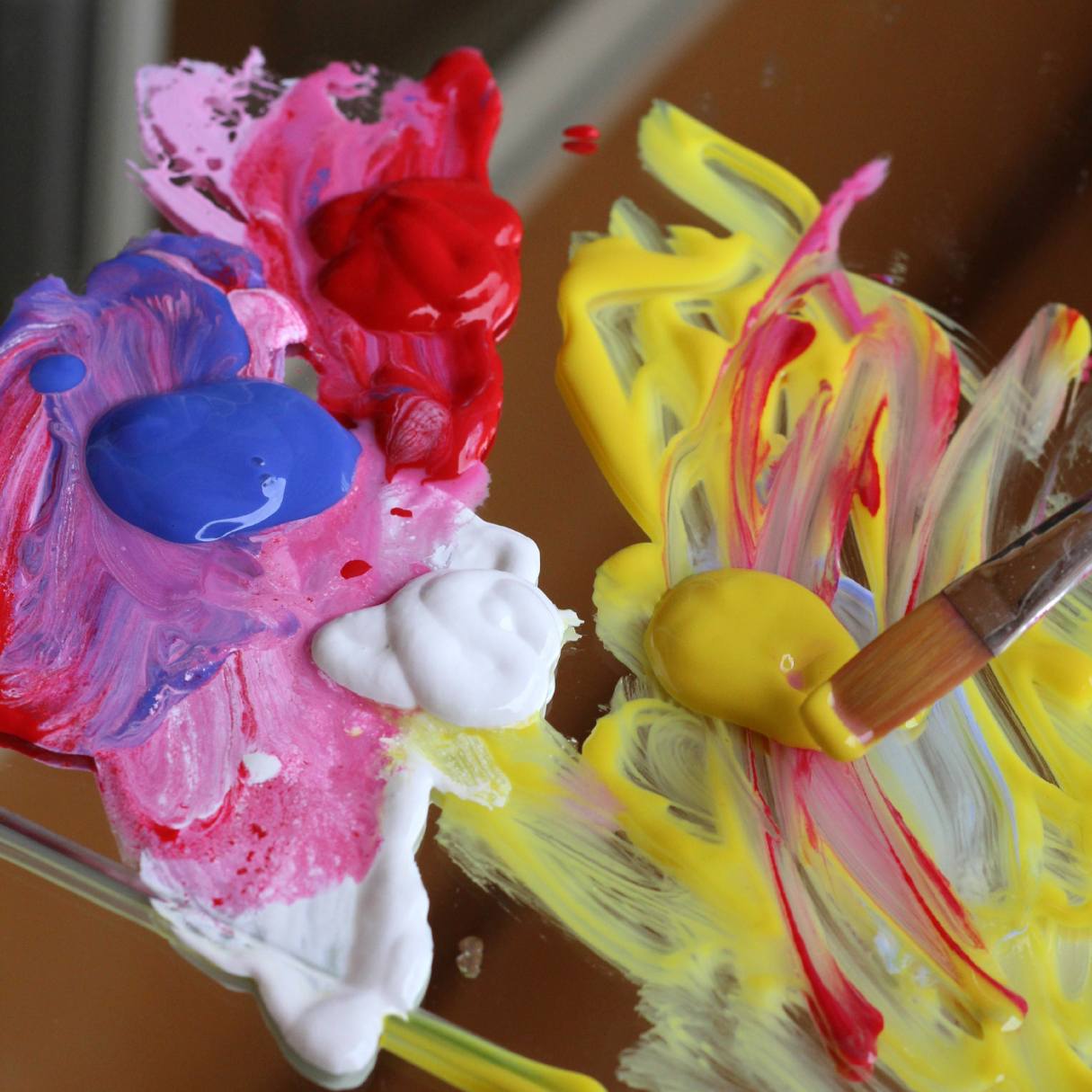
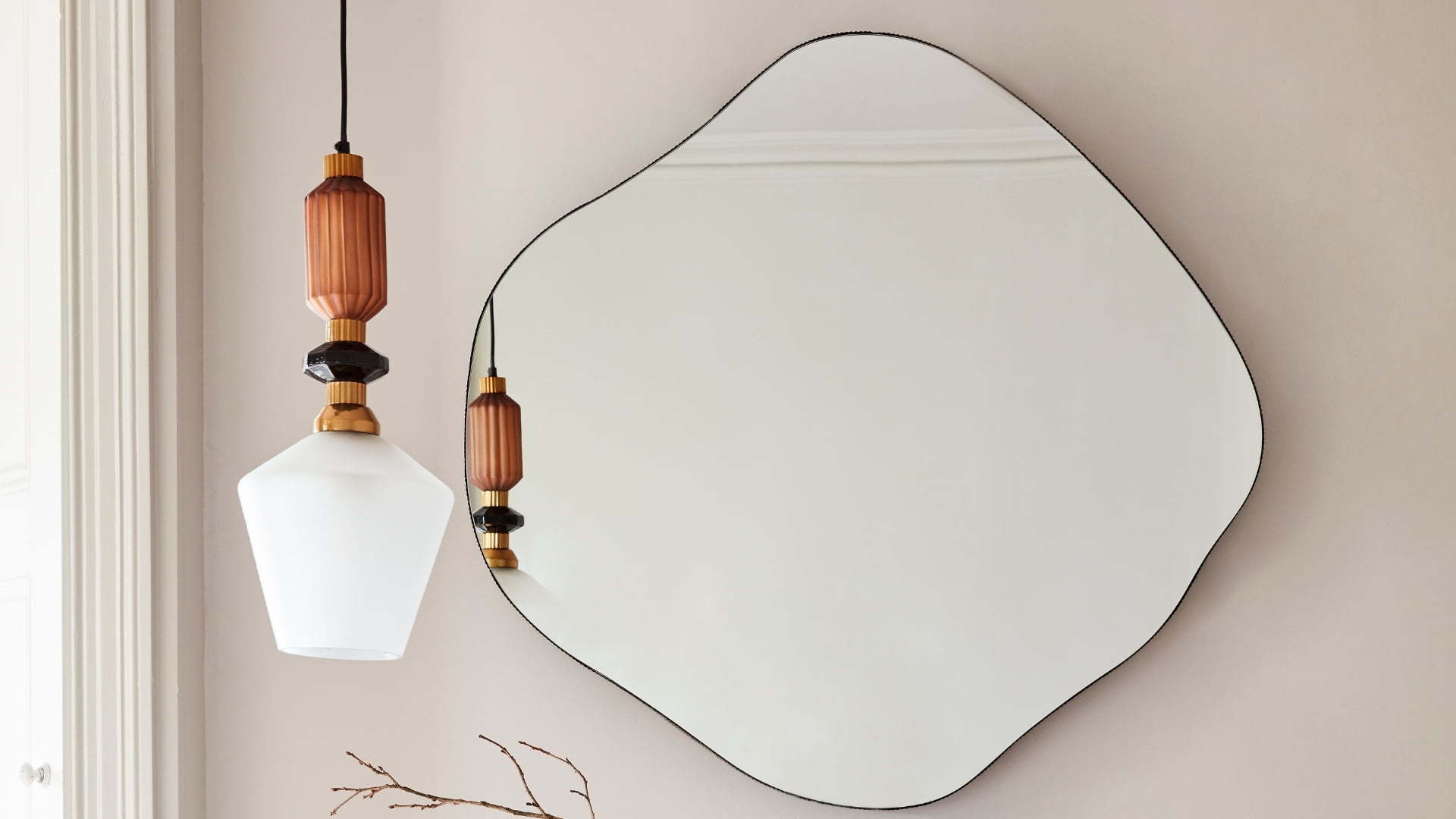
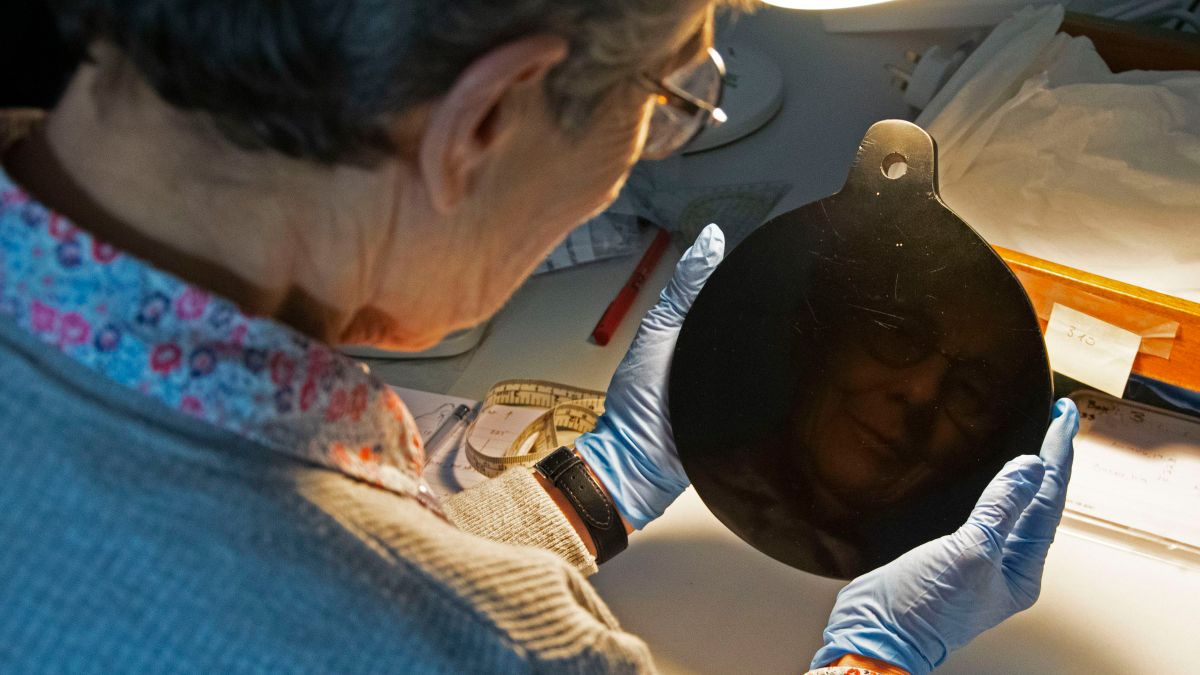
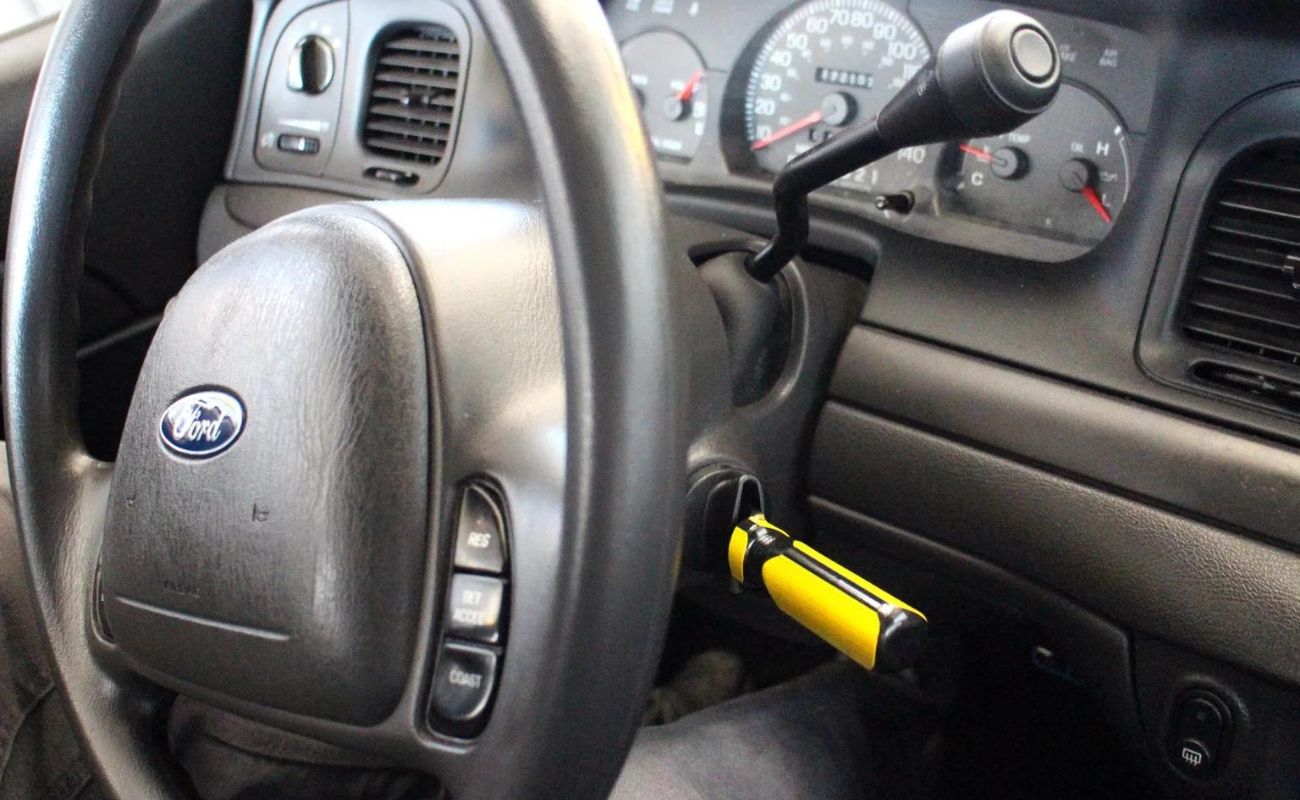
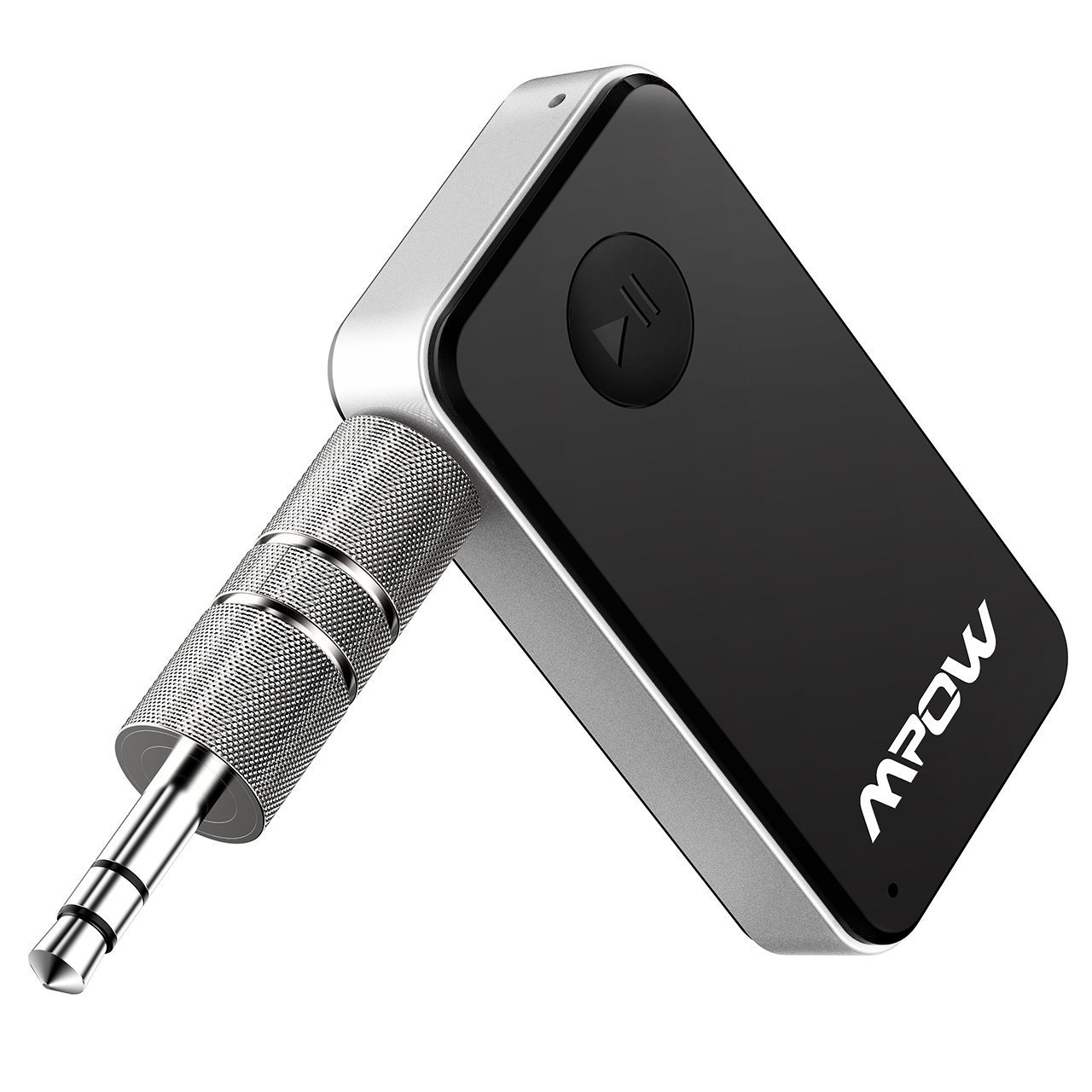
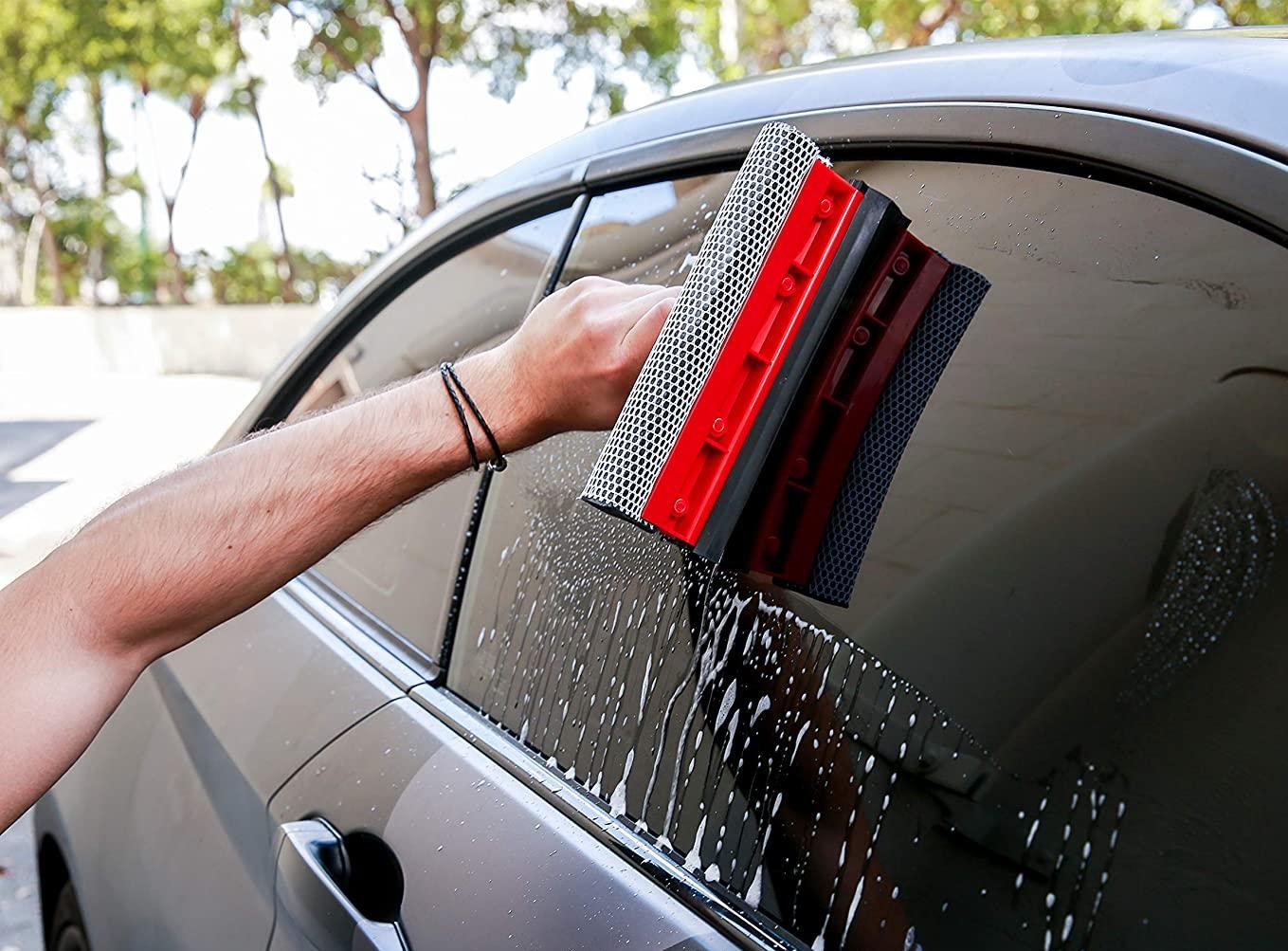
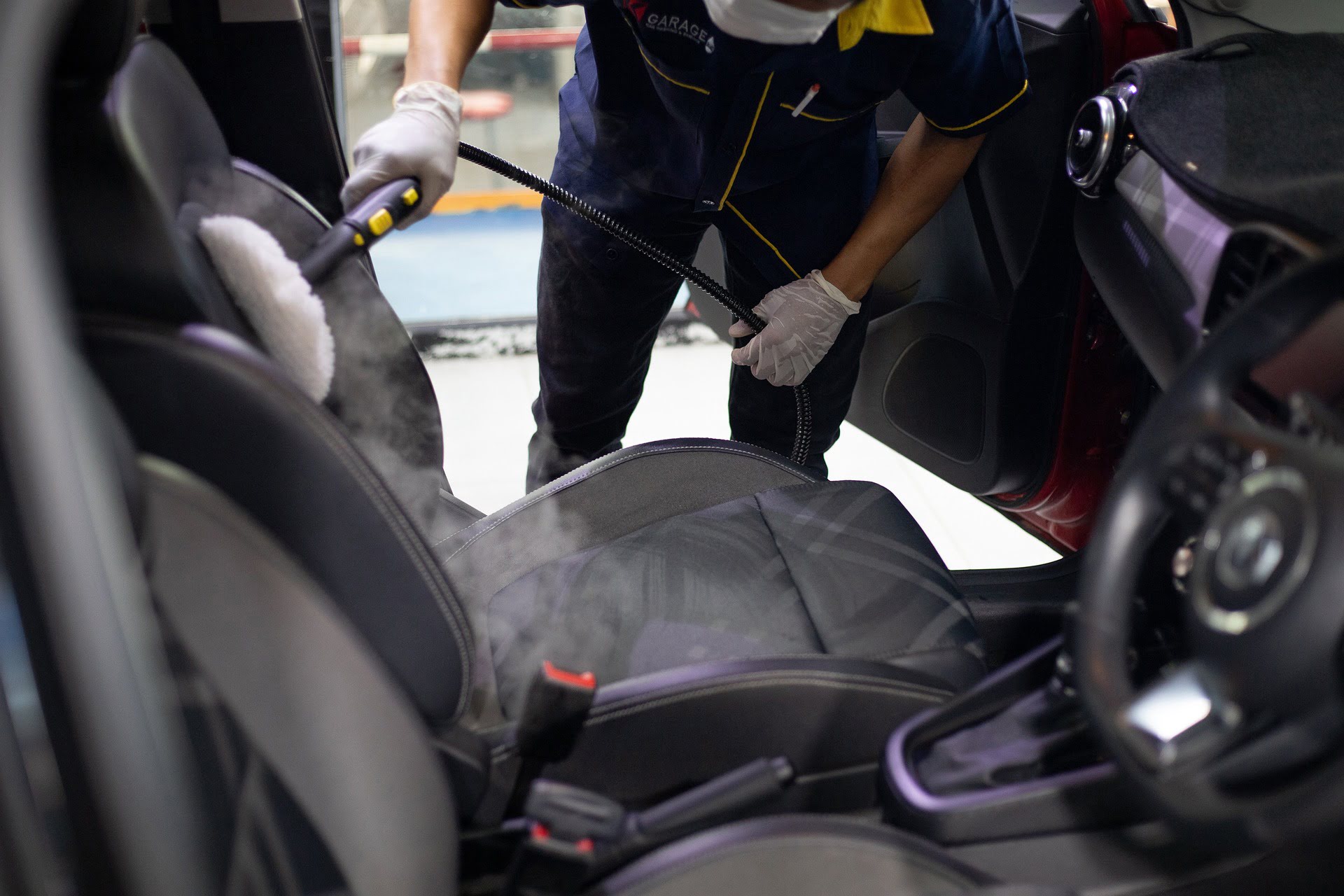

0 thoughts on “How To Reverse A Car Using Mirrors”